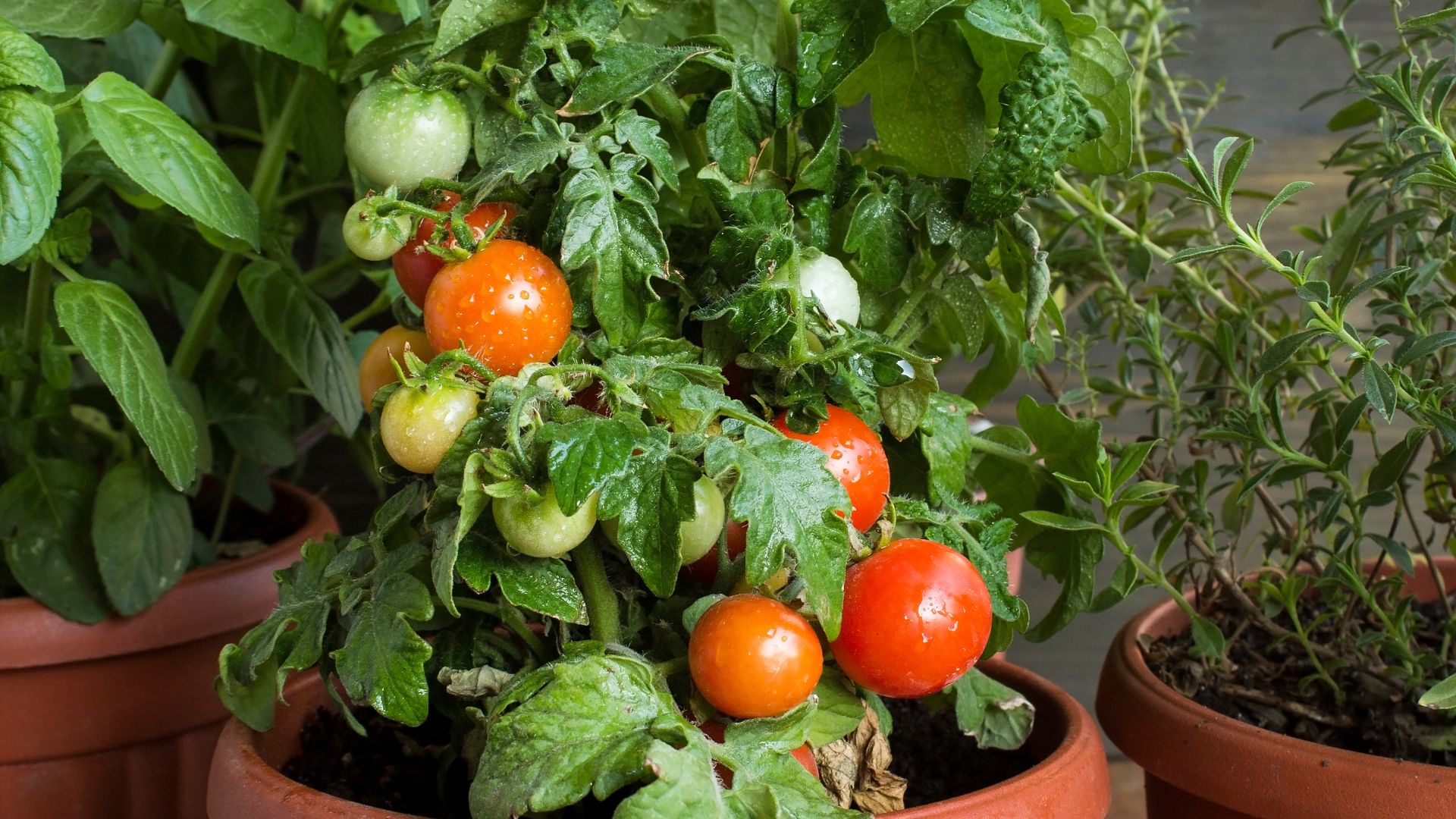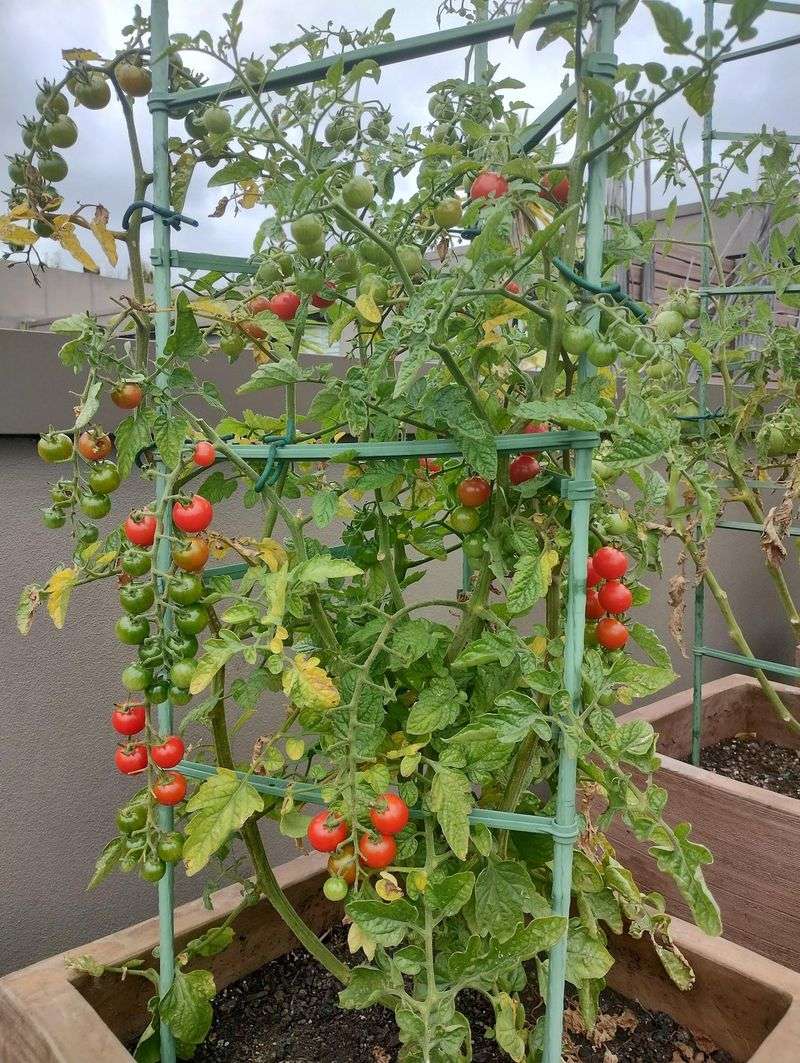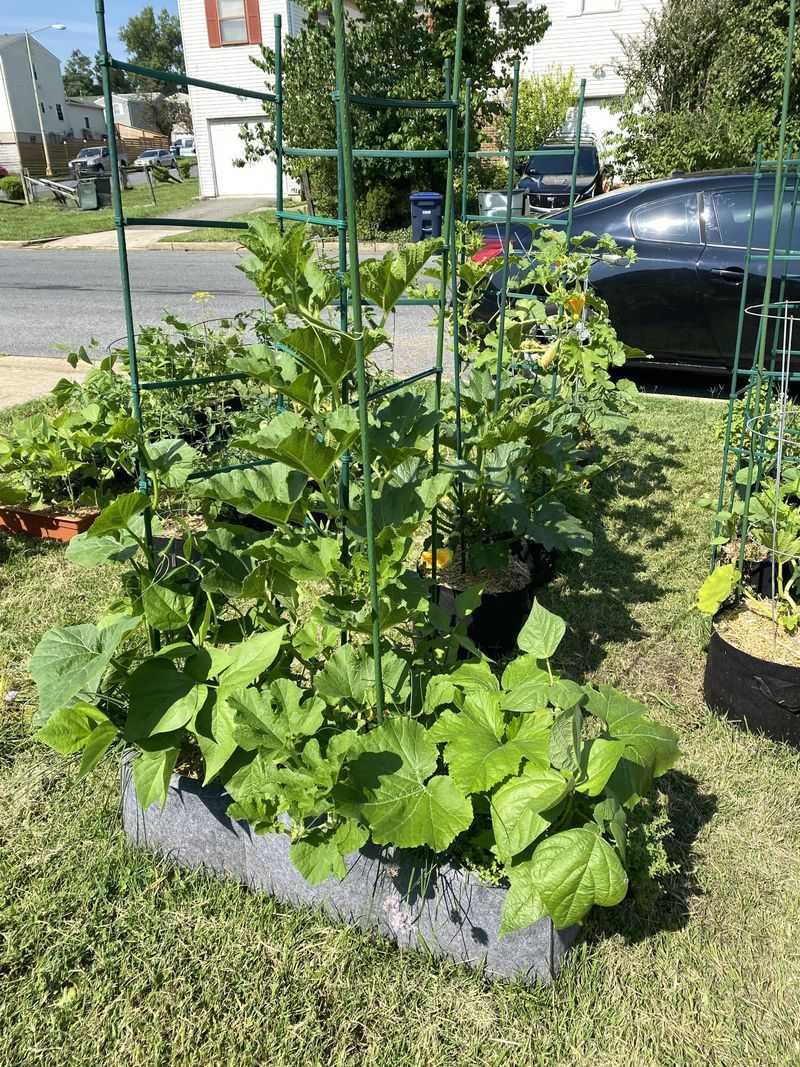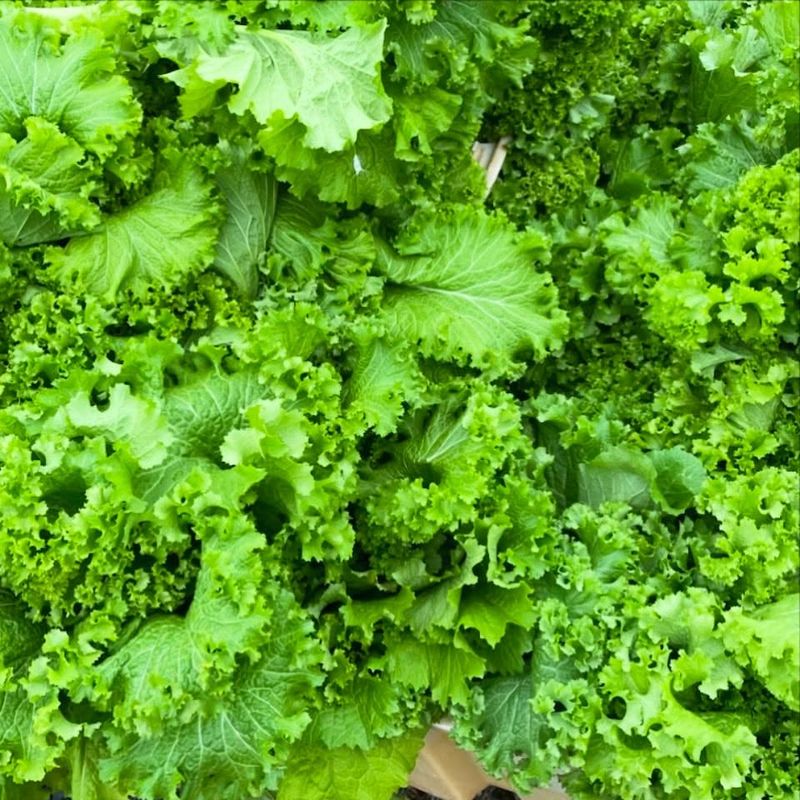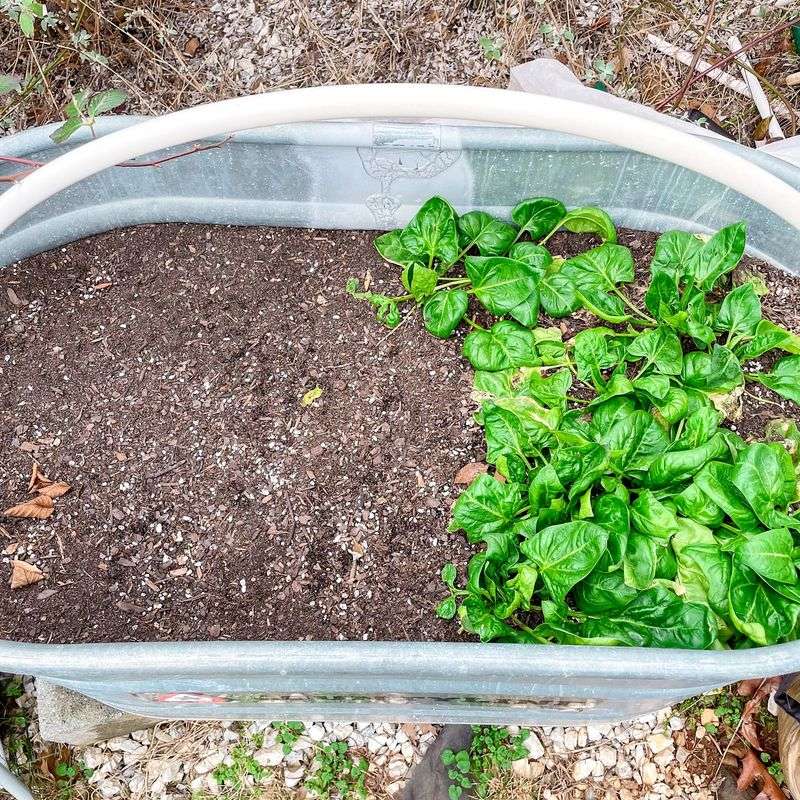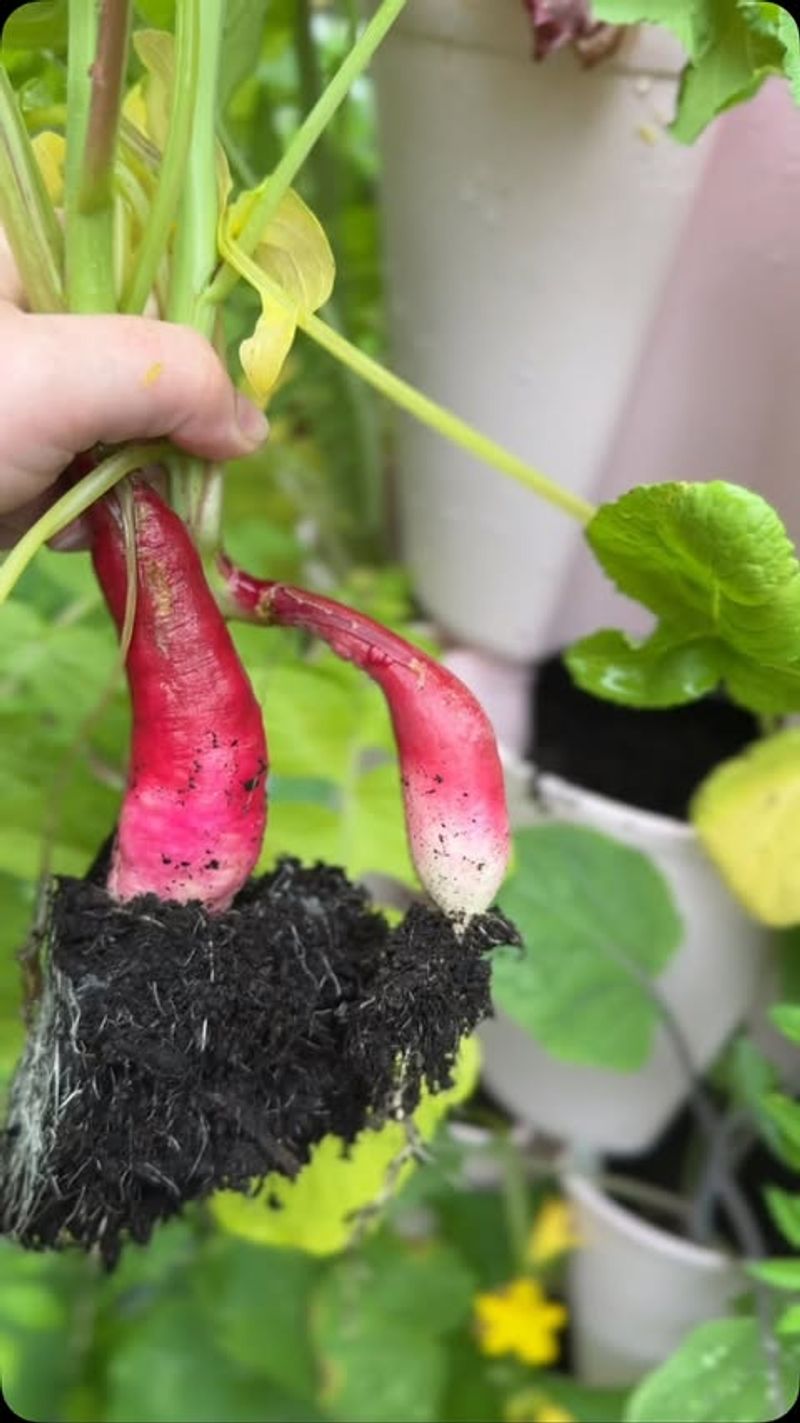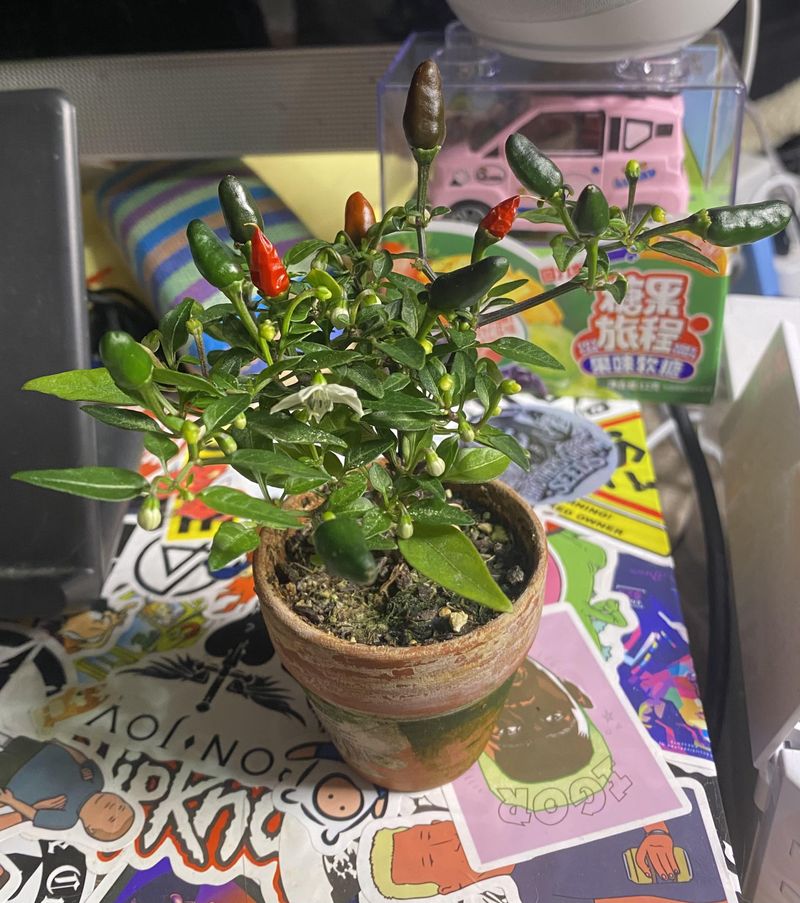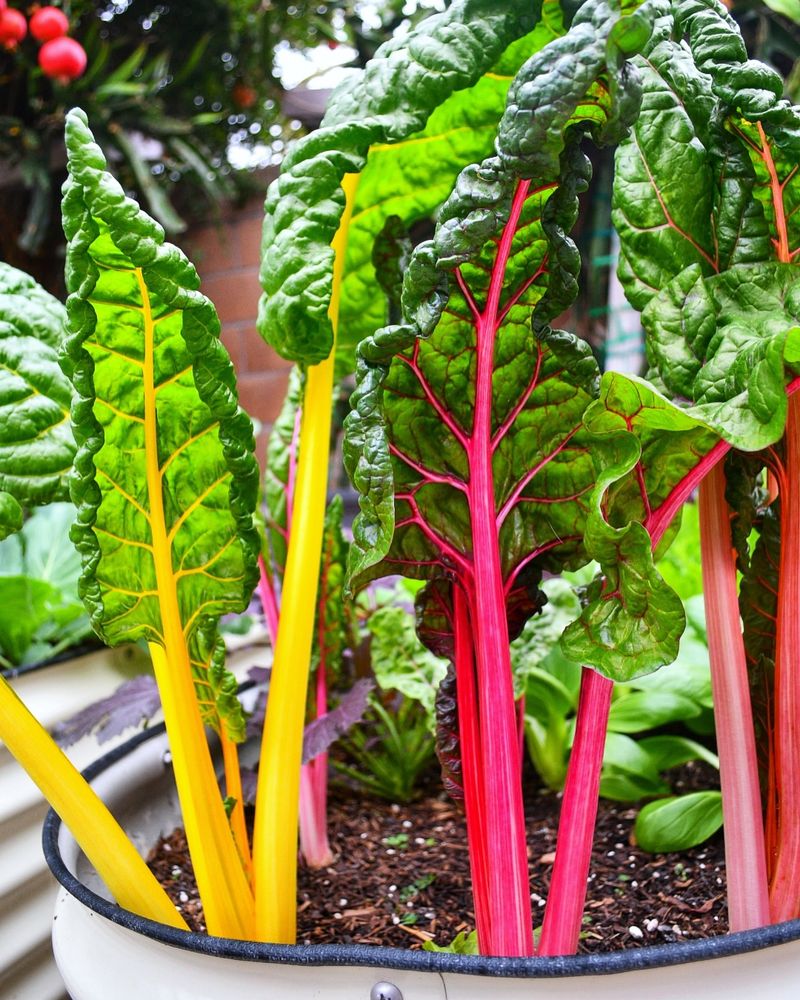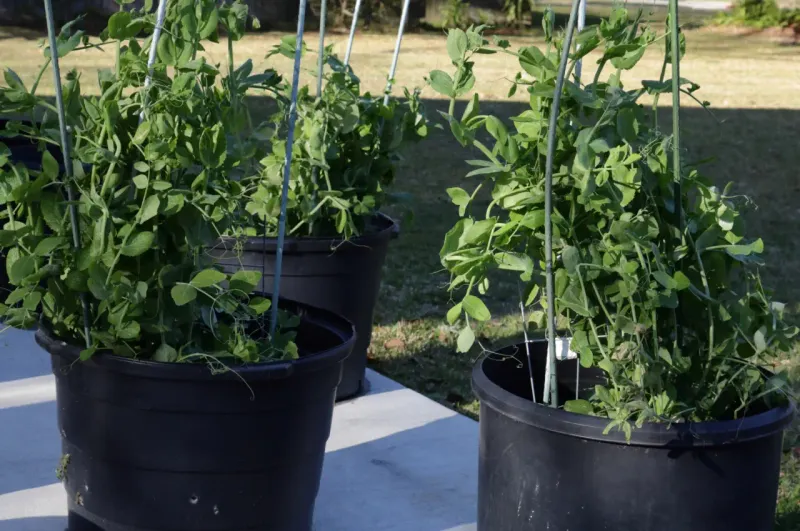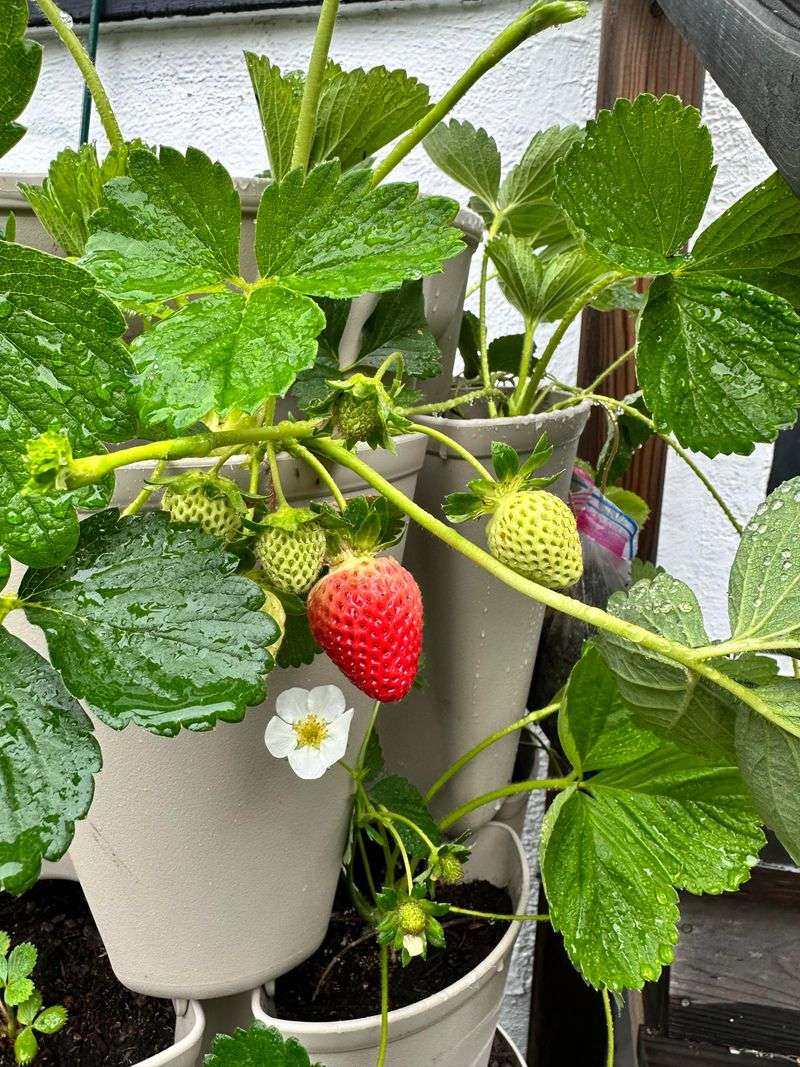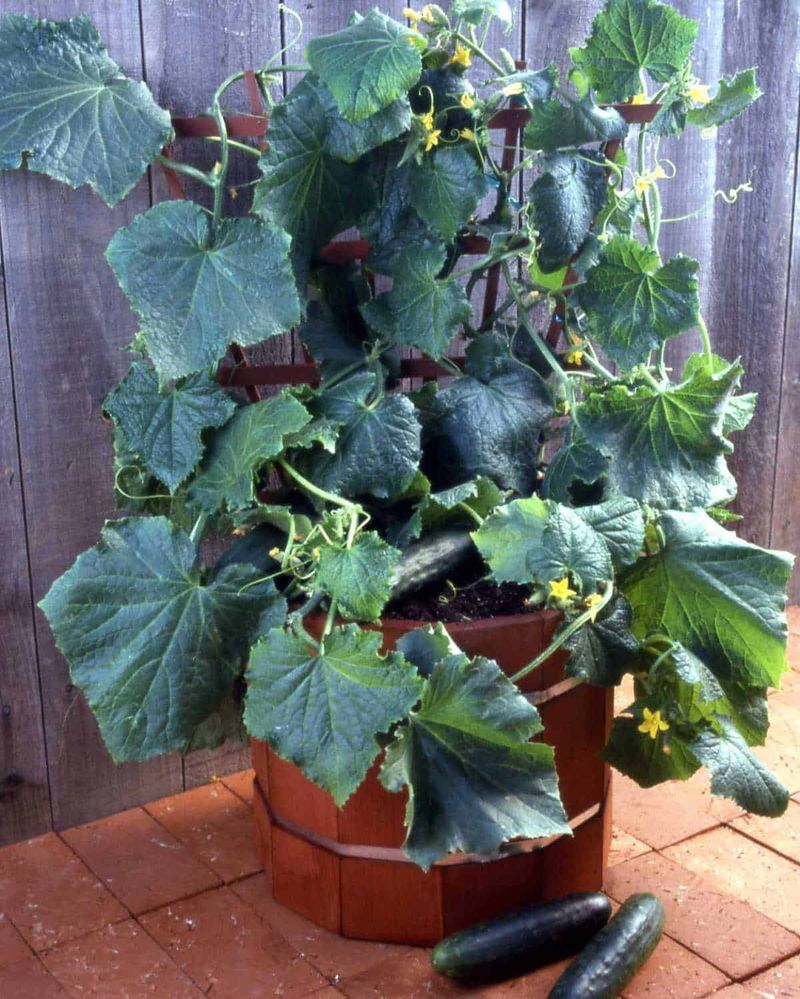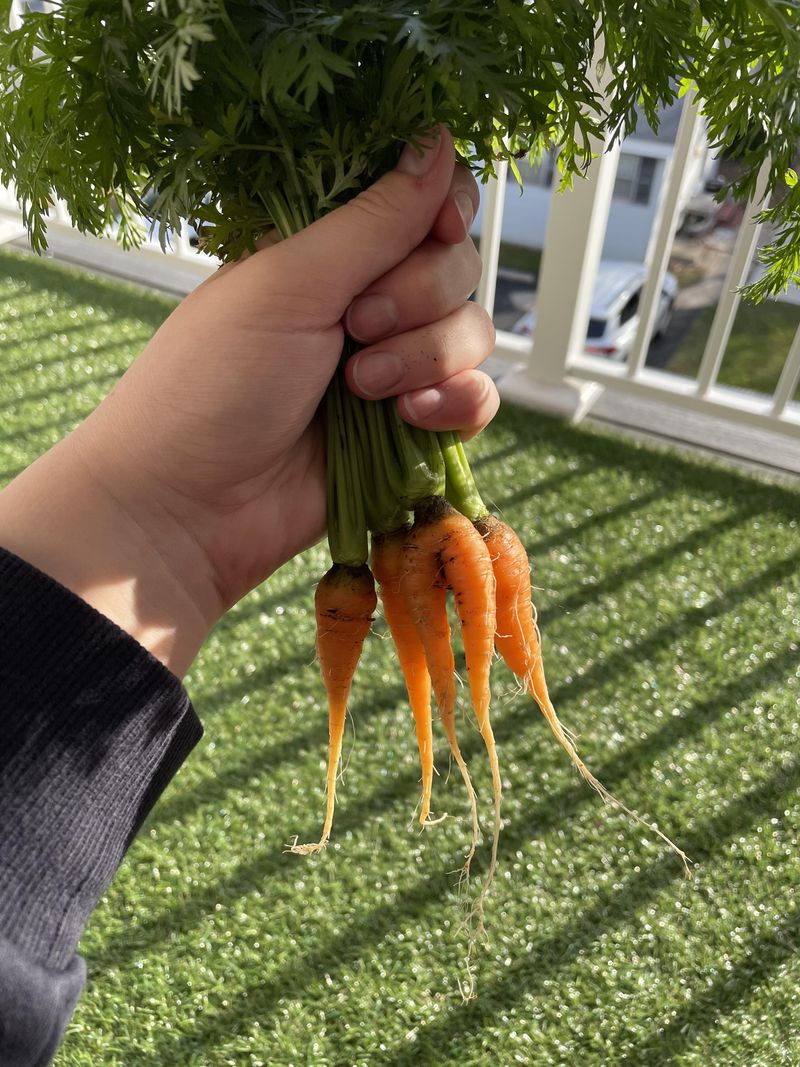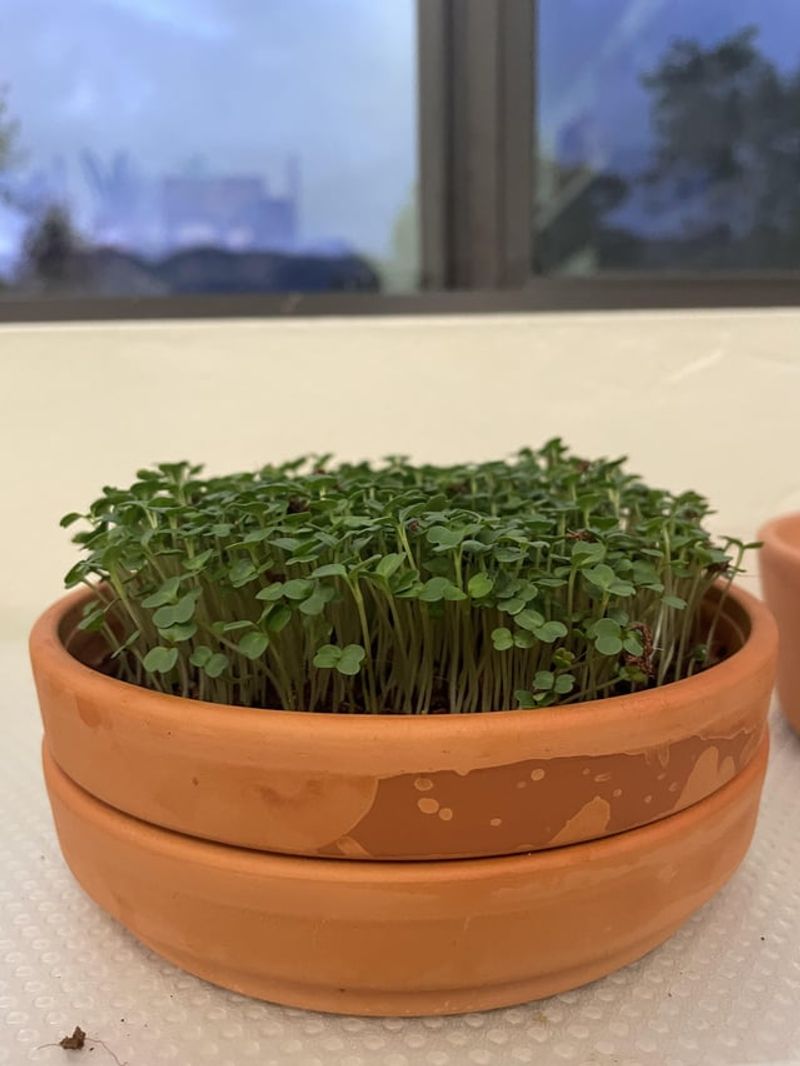You don’t need a big yard to grow your own food in Illinois. Whether it’s a balcony in Chicago or a small backyard in Springfield, fresh produce is totally within reach. I’ve found that containers, raised beds, and vertical setups work wonders—even with our unpredictable weather.
From scorching summer heat to surprise spring frosts, Illinois keeps gardeners guessing. For me, choosing resilient plants that thrive in tight spaces has made all the difference. There’s nothing like harvesting something you grew yourself, no matter the size of your garden.
Small-space gardening here is all about using what you’ve got—be it a sunny windowsill or a shaded patio corner. The best part? Plenty of tasty, nutrient-rich plants adapt beautifully to compact setups, and you don’t need fancy gear to get started.
1. Cherry Tomatoes
Compact varieties like ‘Tiny Tim’ or ‘Patio Princess’ produce abundantly in containers at least 12 inches deep. The key to success is providing full sun and consistent watering.
During our hot Illinois summers, I’ve found morning watering works best to prevent evaporation. Stake or cage even dwarf varieties to keep fruit off the ground.
Harvest these sweet treats from July through September, with each plant yielding dozens of tomatoes perfect for salads or snacking.
2. Bush Beans
Unlike pole varieties, bush beans stay compact and don’t require trellising, making them perfect for containers or small raised beds. A 12-inch pot can support 4-5 plants that will produce tender pods within 50-60 days of planting.
Wait until after the last frost in May before sowing seeds directly.
My favorite trick is succession planting every three weeks for continuous harvests throughout summer. Green, yellow, and purple varieties all grow equally well in our Illinois climate.
3. Leaf Lettuce
Shallow-rooted and quick to mature, lettuce thrives in partial shade during hot Illinois summers. Plant loose-leaf varieties rather than heading types for continuous harvesting – just snip outer leaves as needed and let the plant keep growing.
Start seeds indoors in late February for early spring harvests.
For fall crops, sow directly in August when temperatures cool down. I’ve successfully grown lettuce in window boxes just 6 inches deep, making it one of the most space-efficient crops available.
4. Spinach
Cool-weather spinach performs beautifully in Illinois spring and fall gardens. The shallow root system makes it ideal for containers just 6-8 inches deep.
Early spring plantings should go in as soon as soil can be worked – usually March in southern Illinois, April further north. Heat causes spinach to bolt quickly, so position containers where they’ll receive afternoon shade during late spring.
Fall plantings started in August often continue producing well into November with minimal protection from light frosts.
5. Radishes
From seed to harvest in just 25 days, radishes deliver quick gratification for impatient gardeners. Their small root systems thrive in containers only 6 inches deep, making them perfect for window boxes or repurposed household items.
Sow seeds directly 1/2 inch deep and 1 inch apart.
Spring varieties like ‘Cherry Belle’ prefer cooler temperatures, while winter types like ‘Watermelon’ can handle summer heat. A mistake I made when starting out was planting too many at once – stagger plantings every 10 days instead.
6. Kale
Surprisingly cold-tolerant, kale often survives Illinois winters with minimal protection. Dwarf varieties like ‘Dwarf Blue Curled’ stay under 18 inches tall while producing nutritious leaves for months.
Plant in containers at least 8 inches deep, positioning plants 10 inches apart. Harvest outer leaves regularly to encourage new growth.
Summer-grown kale can taste bitter, but the flavor improves dramatically after light frosts in fall. I’ve harvested kale from the same plants from September through December in central Illinois.
7. Green Onions
Vertical growth makes green onions perfect for tight spaces. A container just 6 inches deep can support dozens of plants spaced an inch apart.
The white bulb portions remain small while flavorful green tops grow upward. Start from seeds or save money by regrowing store-bought green onions – just plant the white root ends with an inch of green attached.
Keep soil consistently moist but not soggy. These hardy plants tolerate partial shade and continue producing through most of Illinois’ growing season.
8. Hot Peppers
Compact hot pepper plants like jalapeños, serranos, and Thai varieties naturally stay small while producing abundantly. A single plant in an 8-inch pot can yield dozens of peppers throughout summer.
Start seeds indoors 8 weeks before last frost or buy transplants in May. These heat-lovers thrive in Illinois’ hot summers when positioned in full sun.
Container-grown peppers often produce better in our heavy clay soils because they enjoy the improved drainage. Water deeply but infrequently – letting soil dry slightly between waterings intensifies flavor.
9. Herbs (Basil, Thyme, Oregano)
Mediterranean herbs thrive in the same conditions that challenge other plants – hot, sunny locations with somewhat dry soil. Group several varieties in a single 12-inch container for an instant kitchen garden.
Annual basil needs replanting yearly, while perennial thyme and oregano return each spring in Illinois’ climate zones.
Position containers near your cooking space for convenient harvesting. I’ve grown herbs successfully on my Chicago apartment windowsill year-round with supplemental lighting during winter months when daylight hours shorten.
10. Swiss Chard
Vibrant ‘Bright Lights’ chard brings ornamental value alongside nutrition with its rainbow-colored stems. Each plant needs about 6 inches of space in containers at least 8 inches deep.
Unlike many leafy greens, chard tolerates Illinois summer heat without bolting. Harvest outer leaves continually while allowing the center to keep producing new growth.
The most productive plants in my garden last year were Swiss chard – they provided regular harvests from May through November with minimal care, making them perfect for busy gardeners with limited space.
11. Dwarf Peas
Early-season producers, peas thrive in cool spring weather before Illinois heat arrives. Varieties like ‘Tom Thumb’ stay under 12 inches tall without sacrificing productivity.
Plant in containers at least 8 inches deep as soon as soil can be worked in March or early April. Even without trellising, these compact plants produce sweet pods within 60 days.
Fall crops can be started in August for harvest before hard frosts. The nitrogen-fixing nature of peas actually improves soil for later plantings – a natural fertilizer factory!
12. Strawberries
Day-neutral varieties like ‘Seascape’ produce berries throughout summer rather than one big June harvest. Their compact growth habit makes them ideal for hanging baskets or strawberry pots that maximize vertical space.
Plant dormant crowns in early spring, positioning them so crowns sit at soil level.
Unlike traditional garden strawberries that send runners everywhere, container varieties stay manageable. The plants remain productive for 2-3 years in Illinois conditions before needing replacement, with each plant yielding about a quart of berries annually.
13. Bush Cucumbers
Specially bred for containers, varieties like ‘Spacemaster’ and ‘Bush Champion’ grow just 2-3 feet wide instead of sprawling. Each plant needs a 5-gallon container minimum with excellent drainage.
Wait until soil warms thoroughly in late May before planting in Illinois.
Regular harvesting encourages continued production through summer. The compact growth doesn’t sacrifice yield – I harvested over 30 cucumbers from a single container plant last summer, more than enough for fresh eating and a few jars of pickles.
14. Baby Carrots
Short, stubby varieties like ‘Romeo’ or ‘Paris Market’ mature at just 3-4 inches long, perfect for shallow containers. Choose pots at least 8 inches deep with excellent drainage.
Sow seeds directly 1/4 inch deep and thin seedlings to 2 inches apart. Spring plantings should go in April, while fall crops can be started in August.
Container-grown carrots often develop better in our heavy Illinois soils because the loose potting mix allows straight, uniform root development. The flavor is notably sweeter than store-bought varieties.
15. Dwarf Eggplant
Miniature varieties like ‘Fairy Tale’ and ‘Patio Baby’ produce full-flavored fruits on plants under 2 feet tall. Each plant needs a 3-gallon container minimum and plenty of sunshine.
Start seeds indoors 8 weeks before last frost or purchase transplants after Illinois weather stabilizes in May.
Unlike their larger cousins, these compact plants don’t require staking to support fruit. The smaller eggplants are typically less bitter and have fewer seeds than standard varieties – a perfect size for grilling or roasting without excess leftovers.
16. Microgreens
The ultimate space-efficient crop, microgreens grow in containers just 2 inches deep. Harvest these nutrient-dense seedlings when they’re 1-3 inches tall, typically 7-14 days after planting.
Almost any vegetable seed works – try radish, sunflower, pea, or broccoli for distinctive flavors. Spread seeds densely across moistened soil and cover lightly.
Growing indoors year-round is possible with basic fluorescent lighting, making microgreens the perfect Illinois winter garden project when outdoor growing pauses. I keep a rotation on my kitchen counter for fresh additions to sandwiches and salads.
17. Mint
Notorious for spreading aggressively in gardens, mint becomes perfectly behaved in containers. Its shallow root system thrives in pots just 6 inches deep, making it ideal for small spaces.
Position containers in morning sun with afternoon shade during hot Illinois summers. Harvest regularly to encourage bushy growth.
Mint survives winter in containers throughout most of Illinois if positioned in protected locations. The contained environment actually improves essential oil concentration, resulting in more flavorful leaves for teas, cocktails, and cooking.
18. Arugula
Fast-growing arugula delivers spicy salad greens in just 21 days from seeding. The shallow roots thrive in containers only 4-6 inches deep, making it perfect for repurposed household items.
Direct sow seeds 1/4 inch deep and harvest outer leaves as needed.
Heat causes arugula to bolt quickly, so position containers where they’ll receive morning sun but afternoon shade during late spring. For continuous harvests throughout Illinois’ growing season, sow new seeds every 2-3 weeks from March through September.

